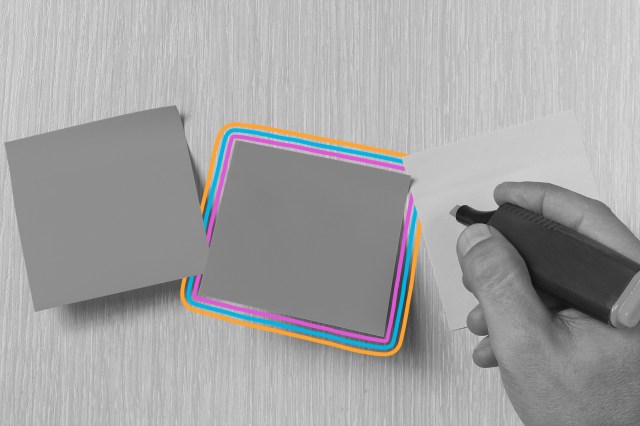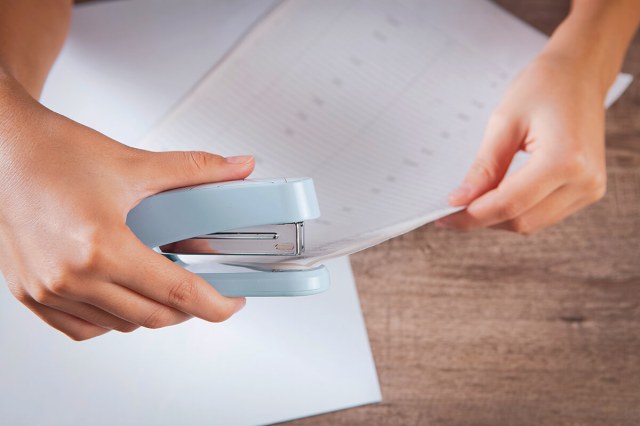
Staplers Have a Royal History
It’s believed that one of the first known staplers was made by an artisan in the 18th century as a gift for King Louis XV of France. Each elaborate, handmade staple was decorated with the royal insignia, and they were used to fasten together court documents.

Sticky Notes Were Invented by Accident
In 1968, Spencer Silver, a scientist at 3M, was tasked with developing a super-strong adhesive. Instead, he accidentally created a very weak adhesive with one interesting property: It could be attached to a surface, peeled off, and then reattached without damaging the surface or losing stickiness. A colleague later used Silver’s unintended invention to create the original Post-it notes.
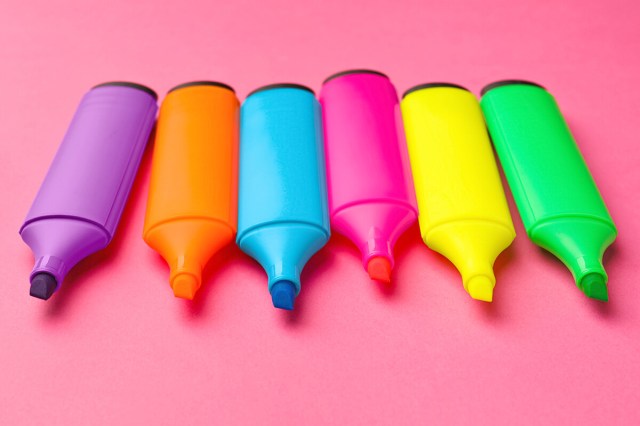
Highlighters Were Invented a Year After Felt-Tip Pens
The felt-tip pen was invented in Japan in 1962 by Masao Miura and Yukio Horie, who ran an art materials business. Just a year later, American Francis J. Honn of the Carter’s Ink Company invented another pen that used water-based ink, but his marker contained an eye-catching translucent ink that, due to its see-through nature, could be used to delineate a piece of text without obscuring it. It was dubbed the Hi-Liter.
More Interesting Reads
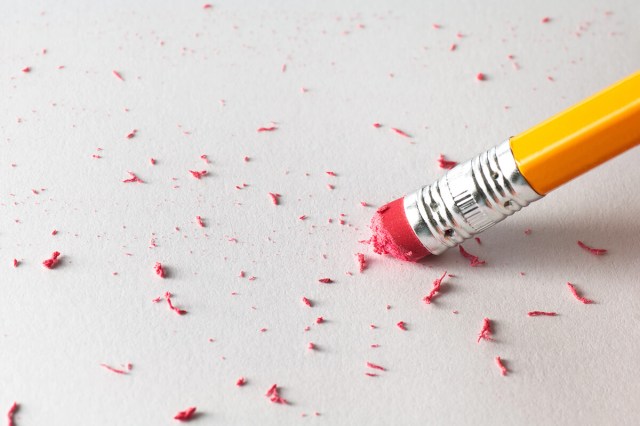
People Used Breadcrumbs Before Erasers Were Invented
Before rubber erasers, people used bread and breadcrumbs to erase pencil marks. Erasers emerged in Europe in the 1770s after Edward Nairne, an English optician who made scientific instruments, accidentally picked up a piece of rubber instead of breadcrumbs to erase his work. While he didn’t necessarily invent the eraser, his rubber eraser business certainly helped popularize them.

A Secretary Made Millions by Inventing Correction Fluid
In the 1950s, Bette Nesmith Graham was working as a secretary in a Texas bank, and she eventually grew frustrated at having to retype entire pages because of one small error. One day, while watching painters decorate the bank windows, she realized they simply covered any of their errors with an additional layer of paint and began again. Thus was born the idea for “Mistake Out,” a corrective fluid that would later become “Liquid Paper.” The invention made Graham a millionaire, and provided an auspicious start in life for her son, Michael Nesmith, who went on to become a member of the Monkees.
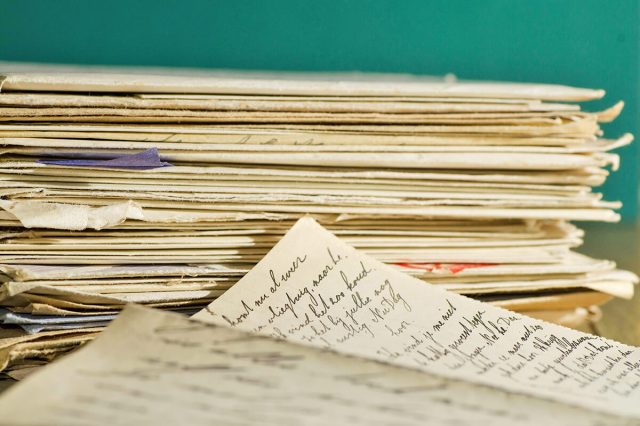
Even in the Digital Age, Paper Is Still Vital
Despite the electronic revolution and the shift toward digital documents, the average office worker still uses 10,000 sheets of copy paper each year. In the U.S. alone, offices use 12.1 trillion sheets annually.

The First Pushpin Company Was Founded With Just $112.60
The pushpin was invented and patented in 1900 by Edwin Moore of Newark, New Jersey, who described the invention as “a pin with a handle.” Four years later, he founded the Moore Push-Pin Company with an investment of just $112.60 (roughly $4,200 today). Pushpins went on to become one of the most widely used office supplies in the world.
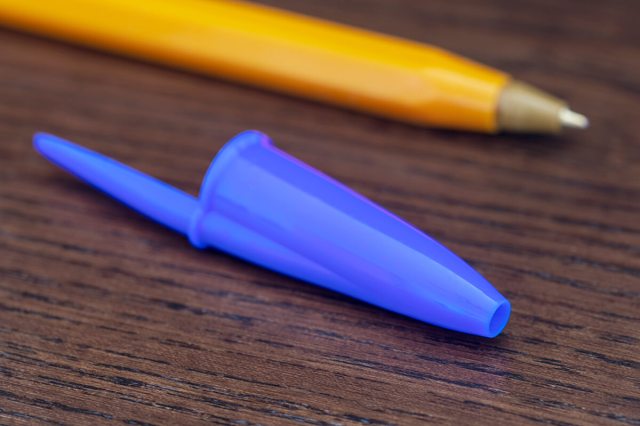
Pen Caps Contain Holes To Save Your Life
Through boredom or heightened concentration, office workers around the world often chew on their pen caps — but this seemingly innocuous act can be perilous. In the United States alone, around 100 people die each year as a result of choking on their pen lids. This number used to be higher, but it’s declined ever since companies such as BIC started putting holes in their pen caps. Now, if someone accidentally swallows a pen cap and it blocks their windpipe, the hole allows for the passage of air, potentially saving their life.

Charles Darwin Created the Modern Office Chair
The earliest known example of the office chair was designed and created by none other than Charles Darwin. The father of evolutionary biology placed cast-iron bed legs with casters onto a regular armchair, allowing him to easily roll from one of his specimens to another.

A Regular Pencil Can Write 45,000 Words
In 2007, Discover magazine claimed that an average pencil holds enough graphite to draw a line about 35 miles long, or to write roughly 45,000 words. The estimated word count was later tested and found to be fairly accurate, while the 35-mile claim remains somewhat dubious (and practically impossible to test).

